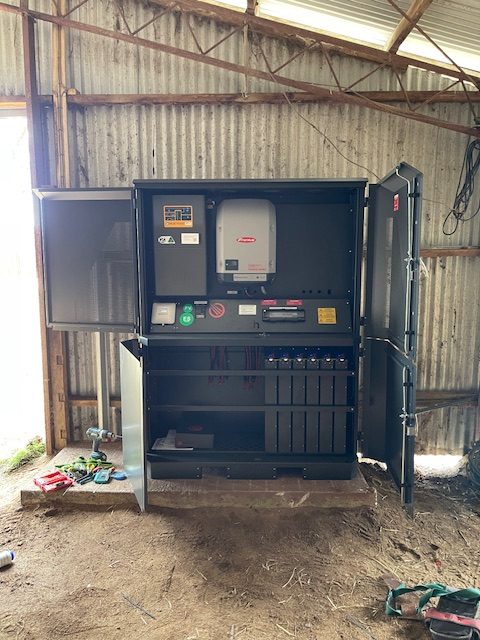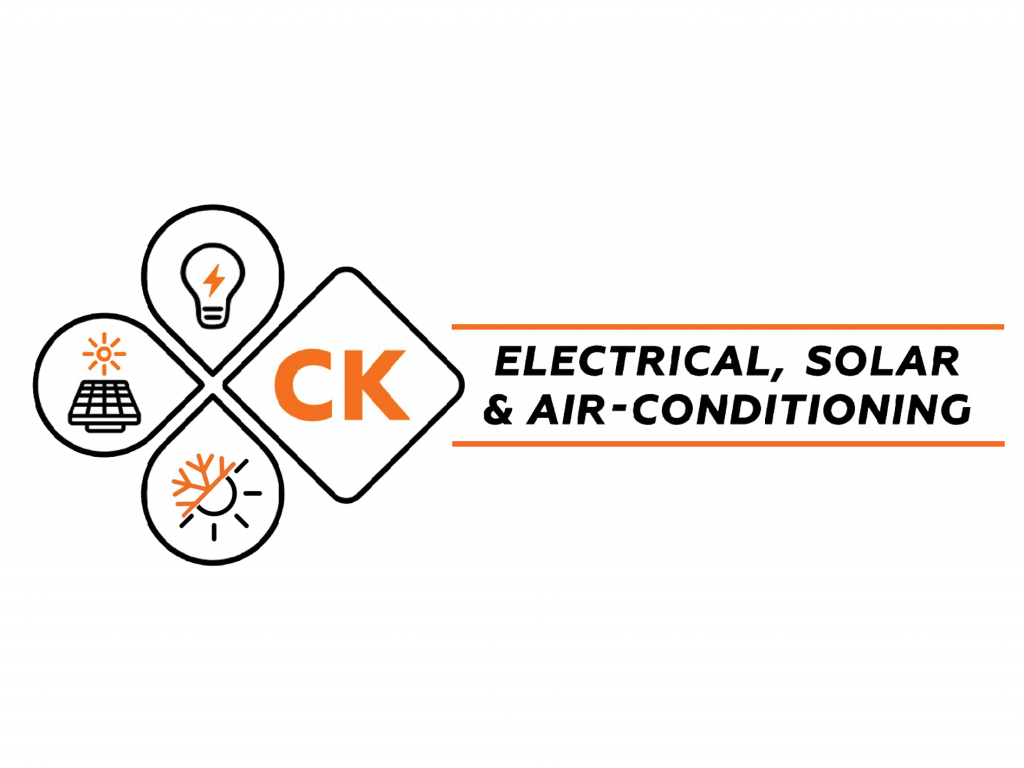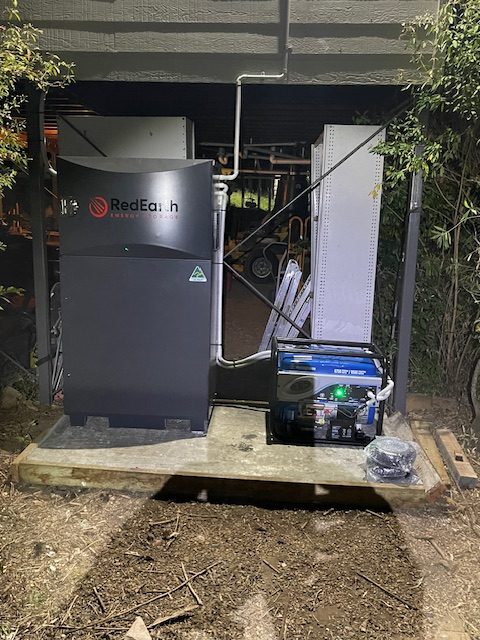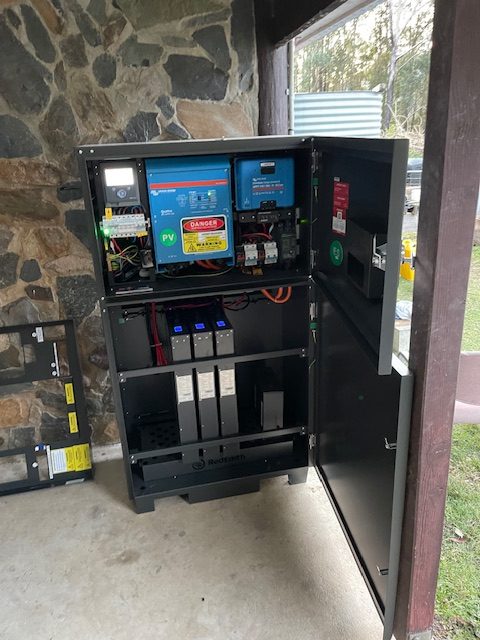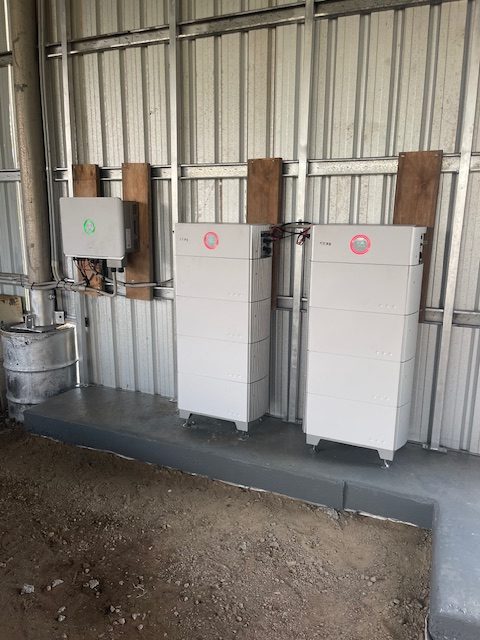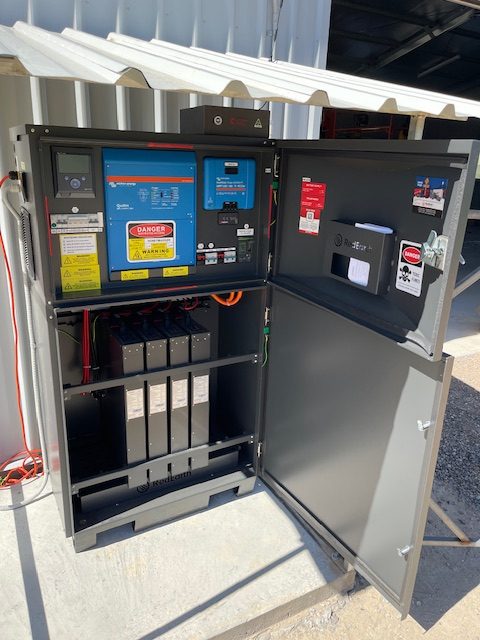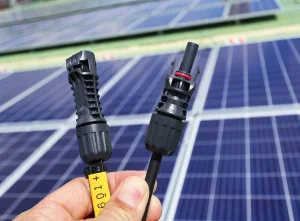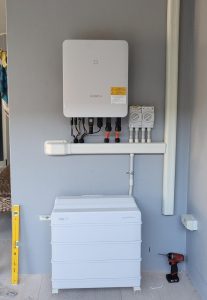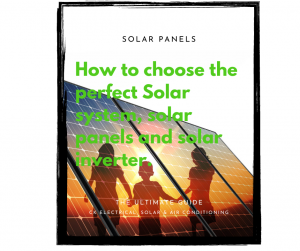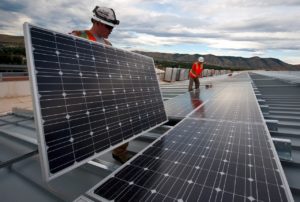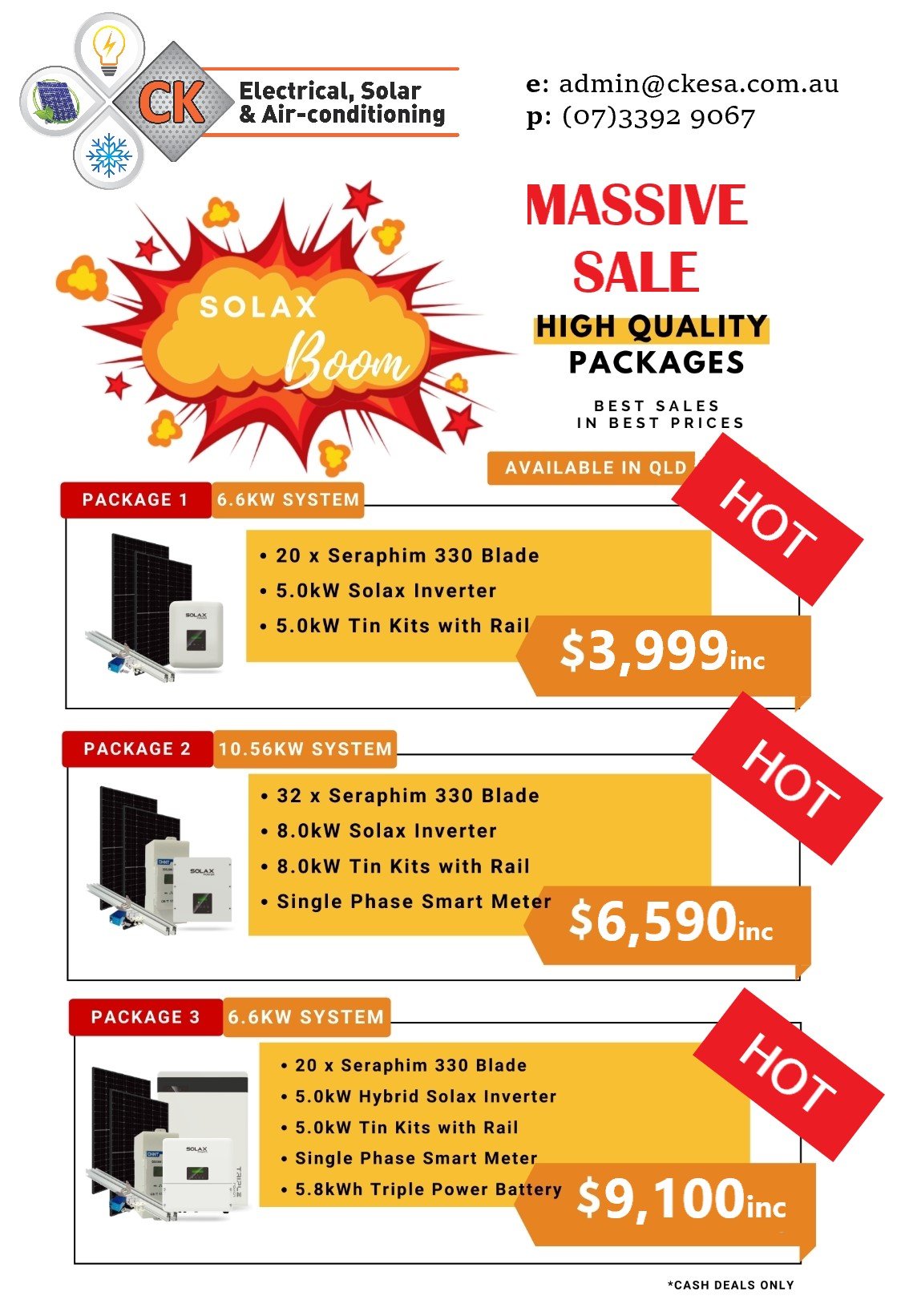The Fundamentals of Off-Grid Solar Systems
How It Works Off-grid solar systems, also known as Stand-alone Power Systems (SAPS), generate electricity from solar panels and use it to charge a solar battery via a charge controller. The stored electricity is then available to power your home day and night, using an inverter to convert DC to AC power, the kind needed for household appliances.
System Components A robust off-grid system includes high-quality solar panels, durable solar batteries, efficient inverters, and reliable solar charge controllers. These components work together to harvest, store, and manage solar energy, ensuring your home is powered even when the sun isn’t shining.
Understanding Your Energy Needs
Sizing Your System The system size you’ll need is largely dependent on your energy usage and climatic conditions. Most homes will require systems ranging from 7 kW to 10 kW to cover energy demands adequately. The costs can vary greatly depending on the system size and components used, with average costs before incentives ranging from $30,000 for a 3 kW system to $120,000 for a 20 kW system.
Making the Right Choices
Solar Panels Choose from various solar panels, including monocrystalline, polycrystalline, or amorphous types, based on efficiency and budget.
Batteries and Inverters Select batteries that can store sufficient energy for your needs and inverters that can handle the energy load and convert it efficiently.
Cost and Installation
Budgeting for Off-Grid An off-grid solar system is an investment in your future. With a comprehensive breakdown of costs, including solar panels, inverters, and batteries, you can plan your off-grid transition effectively. Costs can range depending on the components, such as $16,375 to $43,085 with lead-acid battery systems and $24,375 to $55,585 with lithium-ion battery systems.
